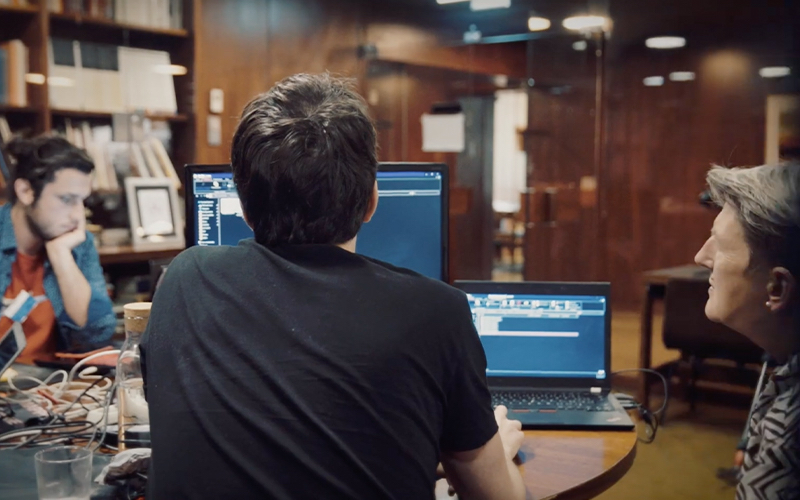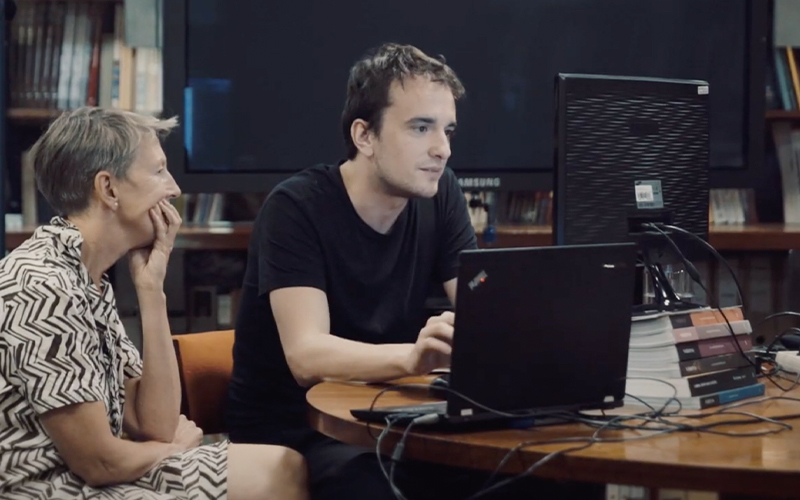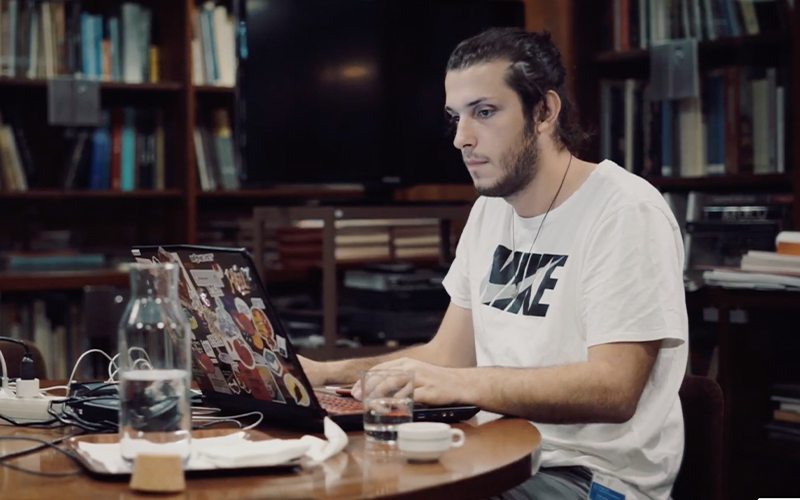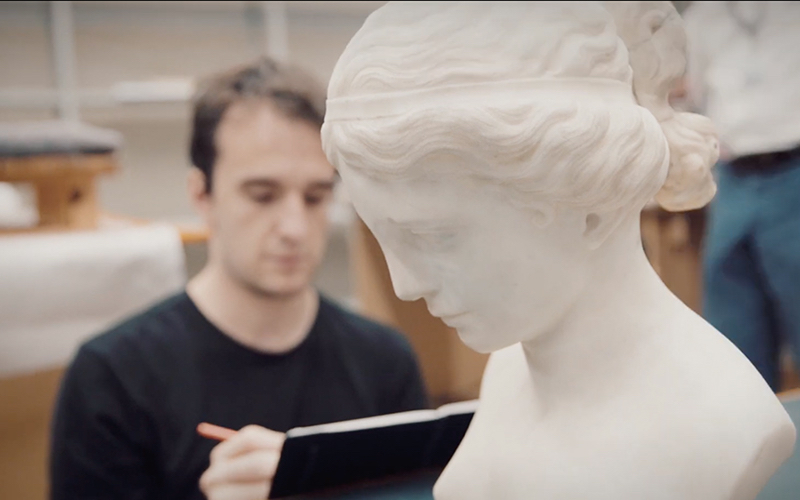Virtual Display

These two films were produced in the context of the project Virtual Display, which should present an additional way of looking at and thinking about display; alternative and complementary readings based on new media technologies. The project celebrates the museum space, providing a complementary reading to amplify the exhibition’s historical context as well as its contemporary relevance. Using the future to celebrate the past.
In order to create a new generation reading of museum displays, the two emerging architects had the chance to develop the parallel project Virtual Display encouraged by the theme of the exhibition Art on Display. Formas de expor 1949–69. Those selected have addressed the museum content, with visuals, including digitalised archive material, on-site photography, and reconstructed computer realisations and, working together with exhibition curators and the Museum team, have created a new tool combining historic analogue material with new media.
This is an initiative of the Calouste Gulbenkian Foundation as a member of the Future Architecture Platform, a project that is co-funded by the Creative Europe Programme of the European Union






Beauty of the snake, reflection in the mirror and soap bubbles
This animated video tells the story of a timeless security guard, who tries to protect Calouste Gulbenkian’s collection. It might resemble a museum audio guide or a narrative history lesson for children; however, it is none. Its form and story fluctuates between the real story and a fictional, hyperbolised counterpart. A few photos from the past and some pieces of the collection were chosen to act in the fictional story, in which the pieces turn into something that you can only see in a fictional world. The video exaggerates certain properties of the pieces, shown from the security guard’s point of view, and describes the struggles of protecting a collection. It proposes a complementary reading of a real collection and museum, offering a mixture of virtual and real, possibly leading to the urge to ask questions, get lost or dive deeper in the collection or its story.
Vojtěch Rada (Prague, Czech Republic)
Vojtěch Rada seems to create environments reflecting his extensive artistic education: he studied at the Department of Architecture (the Academy of Arts, Architecture and Design; and the Academy of Fine Arts, both in Prague), the Department of Sculpture (the Academy of Arts, Architecture and Design) and the Department of Game Design (Zurich University of the Arts), and he combines all the disciplines in his artistic practice
Reminiscence of the anniversary throughout a digital age
Today, we live in a digital world – no matter what age, we can feel the influence of technology around us. This wasn’t the case when the Calouste Gulbenkian Museum opened in 1969. Somehow this particular museum resonates with us, because it tells us a story, a passion of a person who had an impact on us all.
This proposal uses 3D animations of the museum and its surroundings, historic photos of the opening of the museum and footage of today’s museum. Those ingredients were combined in a certain way, each of them representing a phase of the museum. The digital age is present in the video, the Polaroid pictures symbolising the old and the digital video shown within them representing the new.
Benart Shala (Pristina, Kosov)
Benart Shala takes architecture through extremes that the naked eye cannot see. A synthesis of architecture with psychology and logic derived from his research years devoted to defining the undefined in architecture. To live or to relive the feeling architecture gives us. To exploit the materials of architecture itself. To offer more than one perspective to achieve better understanding.